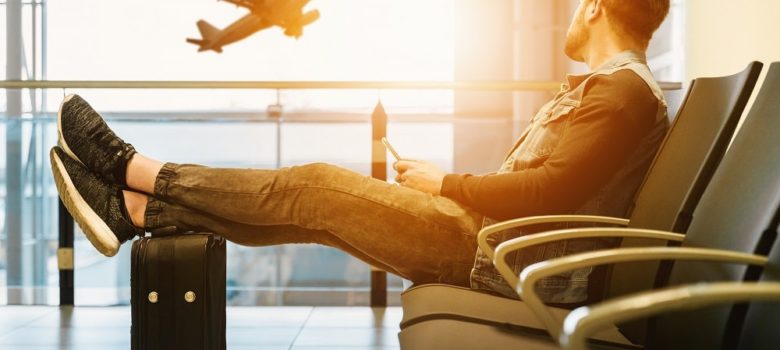
- Feb, 11
- Lifestyle
Common Travel Health Issues and What to Do About Them
Traveling is always fun, but all it takes is a little accident or slight mishap for your grand adventure to quickly go downhill. If you don’t come prepared, your trip could be the least glamorous thing in the world, especially for frequent business travellers, whom New York Times says are most prone to health dilemmas. These issues can range from insomnia and weight gain to increased susceptibility to different viruses and injuries.
Fortunately, these issues can be avoided, with a bit of effort and preparation. Here are some of the most common health problems that travelers experience and how to not let it ruin your vacation or travel memories.
Diarrhea
When you’re abroad and surrounded by so much new and exciting food, it’s tempting to want to try everything in one go. But before you devour that exotic delicacy you can’t even pronounce, check to see if the area is sanitary and if it contains any ingredients you might be allergic to. We know eating can be an adventure in itself, but that’s something you’ll want to spend more time doing on the road and not on the toilet! A good general tip is to avoid ice, as well as tap water and anything washed in it, like vegetables and fruit.
Foot Blisters and Callouses
Whether you’re traversing a mountaintop or exploring an entire city by foot, your feet will inevitably pay the price. If you wear an ill-fitting pair of shoes, you’ll likely end up with calluses and nasty blisters caused by friction and heat. When that happens, resist the urge to cut or shave them off because you might end up with more open wounds than you started with.
For those looking for an at-home treatment, chemical peeling treatments are a hit among beauty bloggers. Pretty Me recommends those that work with gentle exfoliation and vinegar soaking. That’s because it painlessly and effortlessly removes the dead skin layer, which will fall off on its own, instead of opting for a rough, physical sloughing. You could also just leave it to the experts — your favorite pedicurist! — to buff it all off. After exfoliating, remember to keep the area moisturized. We suggest sticking to an organic balm like Suki’s that is chockfull of healthy ingredients.
Wounds and Cuts
Cuts can happen to anyone, even when you aren’t moving. While superficial ones can usually be remedied by simple bandages, it can easily become a red flag if not cleansed properly. To avoid infections, make sure to clean your open wound thoroughly using plenty of soap and water. Have a topical antibiotic cream ready, and change your bandages at least twice a day. If you notice signs like increased redness, swelling, fevers, or pus, have it checked immediately. It’s also worth getting your tetanus vaccines in before traveling.
Bug Bites
Bug bites are more than just annoyingly itchy, they can also be carriers of diseases like dengue fever and malaria. So if you plan to spend a lot of time outdoors, dress accordingly. Long-sleeved shirts, pants, and a hat are recommended, but ensure another layer of protection with insect repellents. According to an article on Forbes, some of the most effective repellants are DEET, picaridin, and the oil of lemon eucalyptus.
Altitude Sickness
Wondering what altitude sickness feels like? It’s pretty much like a magnified hangover that happens when you ascend up a mountain or when you fly. This happens because your body is likely not used to the lower oxygen levels and higher elevation. Healthline lists down some of its mild symptoms, which include headaches, nausea, dizziness, throwing up, faster heart rate, and loss of appetite. Before you even get on a plane or start climbing that mountain, you can avoid it by loading up your carbohydrate intake, staying hydrated, avoiding alcohol, and setting a slow but steady pace when you’re hiking. Medication like acetazolamide a day before your trip and for the first few days of your hike can also remedy the issue.


As to feet, if you have to be on heels for a long time, take a pair of light comfy shoes with you in a bag. Choose something that doesn’t take too much space and is soft. As soon as you get a break or the event ends, you can change shoes right away!
Zoe, this is a great tip, thank you! Too bad we don’t have shoes that can be just rolled up and put in a small bag.
Making sure your cut or wound is clean is crucial! There are special tissues, very small, soaked in alcohol for fast disinfection. You can get them at a pharmacy or take with you on a trip, they don’t take a lot of scape and will fit even into the smallest pocket.
I have to write all of this down before my next journey. Thanks a lot, Amy!